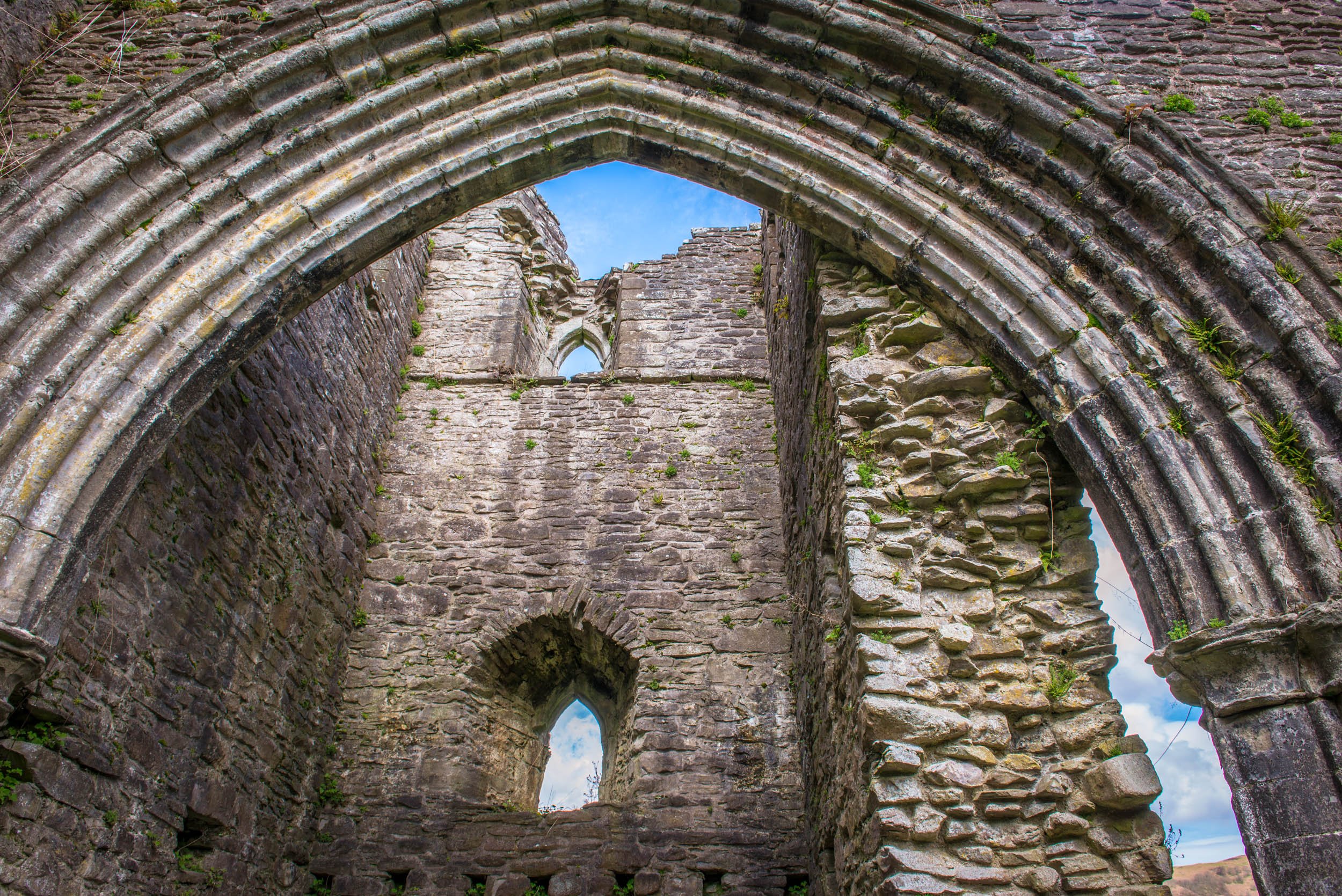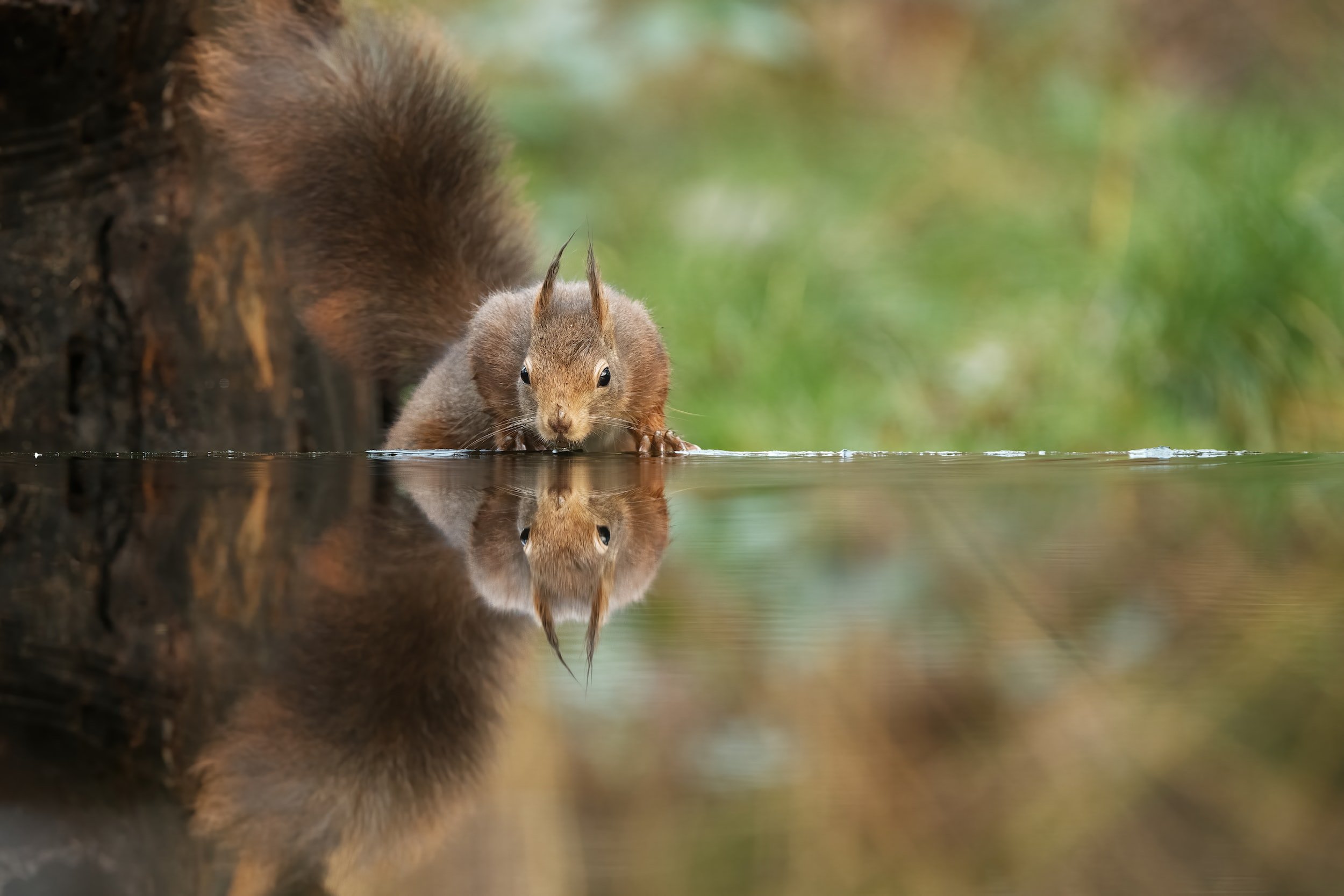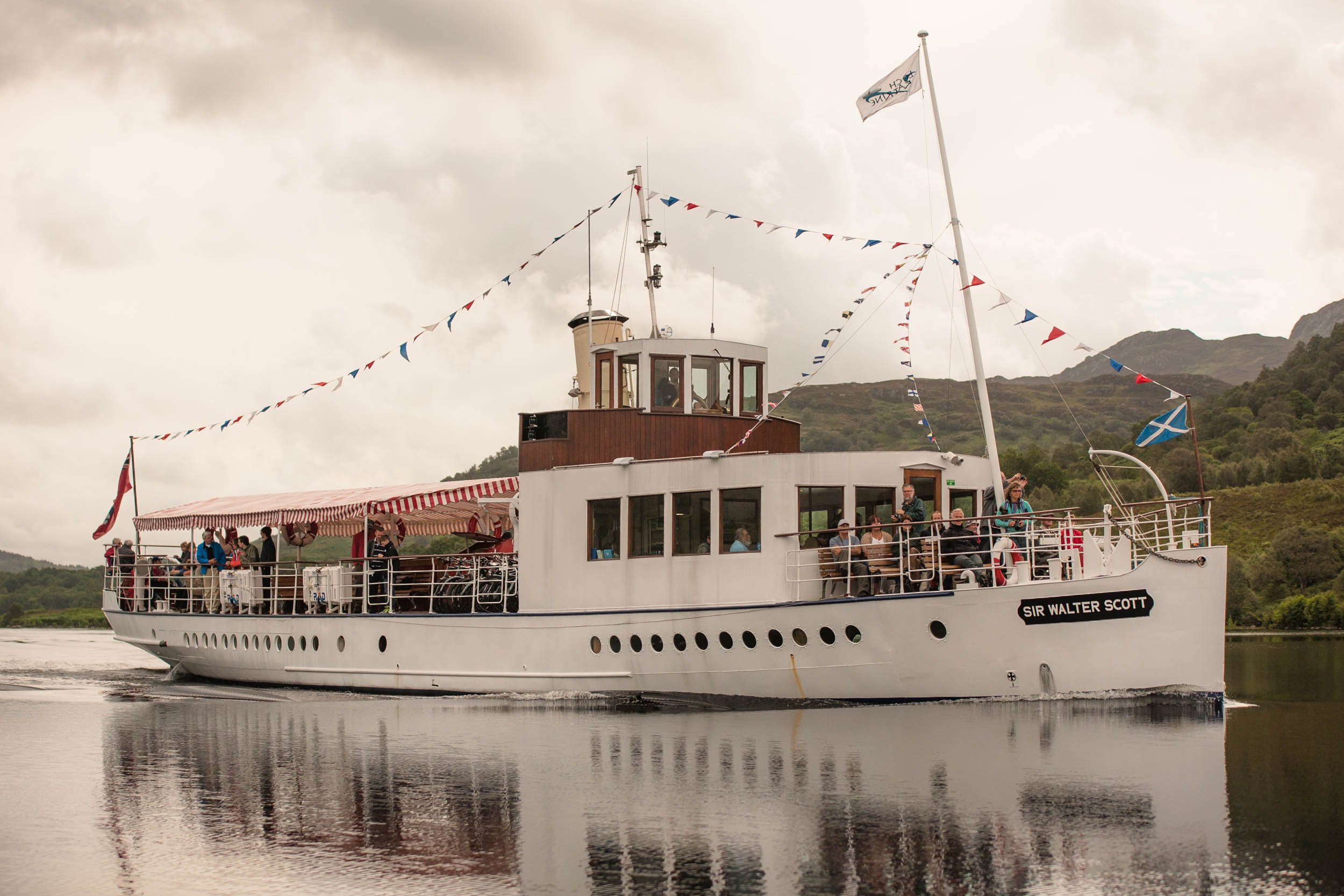
History
(Picture: Inchmahome Priory, Lake of Menteith)
Discover History and Culture
Successive ice-sheets advancing and retreating over the millennia make for a complex pre-history of the National Park. Around 30,000 years ago even the top of Ben Lomond was below ice. The climate warmed for a period, then ice returned almost 13,000 years ago –a period sometimes known as the Loch Lomond Re-advance.
That cold period also finally ended –but the first Stone Age folk to reach Loch Lomond’s shores probably didn’t get there till around 7,000 year ago. Fast forward another two millennia and there were the first farmers, with their herds requiring grazing pasture, followed on by the crannog dwellers, the fort builders, and on until the local life in the Iron Age was disturbed by encounters with ‘foreign’ invaders with superior weapons technology –the Romans were pushing north!
They didn’t stay long amid the lochs and wooded slopes and instead what was to become the National Park later became a meeting place of Dark Age kingdoms –of Britons, Picts and Scots. Later still, the clan system involved in a united Scotland – united in name, but the Park area saw many clashes of culture across the Highland line.
(Pictured Sir Walter Scott Steamship, Loch Katrine)
Later still, the Highland way of life and the clans of old gave way in the face of Lowland economic and industrial developments. In more peaceful times a new industry emerged that was to shape the park: tourism.
The age of the Romantic poets and of novelists such as Sir Walter Scott helped popularise the area. From the Clyde sea-lochs to the edges of the Trossachs, these were the first significant and dramatic Highland landscapes accessible to the burgeoning Lowland population nearby, who had acquired a taste for the romantic and the picturesque.
Steam propulsion, at first by water, then with the arrival of the railways, helped increase the area’s popularity. The 20th century brought further changes: walking, rock-climbing, cycling, sailing and a whole range of leisure pursuits found expression in the Park –helped by the flexibility and freedom of the motor car.
Yet Loch Lomond and the Trossachs area has adapted to serve all these needs: from the first adventurous explorers of the Romantic era, all the way to the sophisticated visitor of today with high demands and expectations of leisure time!
(Pictured Rob Roy MacGregor grave at Balquhidder)



